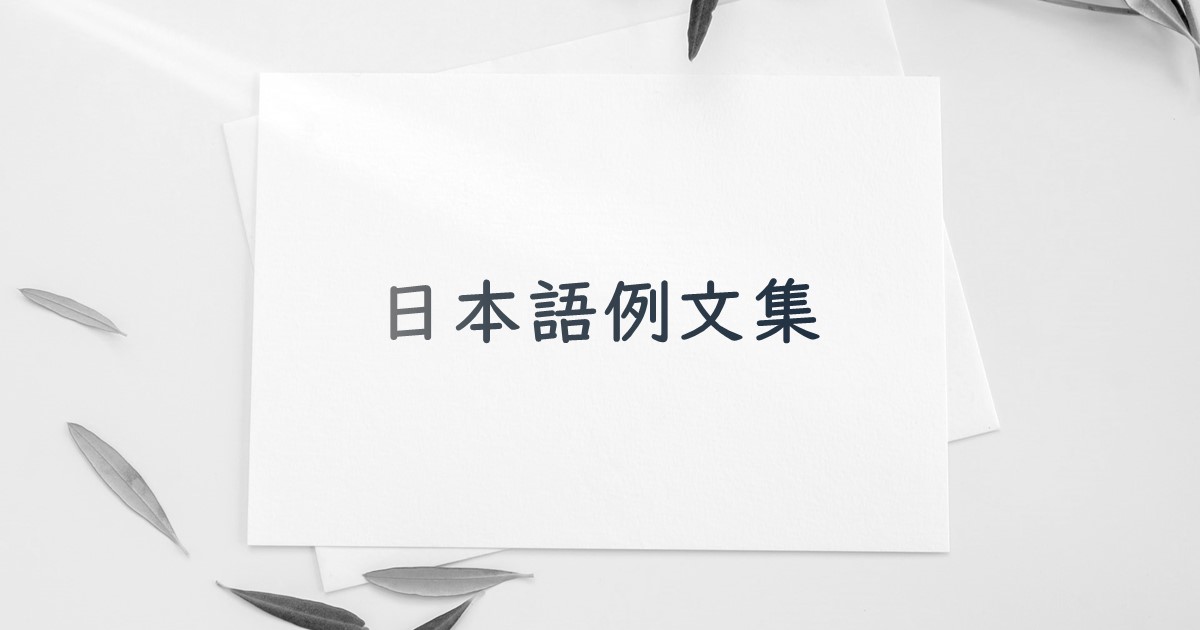「半球」の読み方と発音
「半球」の読み方は「はんきゅう」です。
「半球」の発音記号は「/haɴkjɯɯ/」です。
実際の発音も確認してみましょう。
※発音記号は、IPA(国際音声記号)に基づいています。
「半球」の例文一覧
ここでは「半球」を使った例文を、ひらがなの発音と英訳と一緒に紹介します。
実際の文脈を見ながら、意味や使い方を確認してください。
6月は北半球における夏の始まりです。
6がつはきたはんきゅうにおけるなつのはじまりです。
June marks the beginning of summer in the Northern Hemisphere.
北半球では、8月は夏の季節の一部です。
きたはんきゅうでは、8がつはなつのきせつのいちぶです。
In the northern hemisphere, August is part of the summer season.
南半球では、1月は夏にあたります。
みなみはんきゅうでは、1がつはなつにあたります。
In the Southern Hemisphere, January falls during the summer months.
ペンギンは南半球に生息する飛べない鳥です。
ぺんぎんはみなみはんきゅうにせいそくするとべないとりです。
The penguin is a flightless bird that lives in the Southern Hemisphere.
6月21日頃、北半球では夏至が起こります。
6がつ21ひごろ、きたはんきゅうではげしがおこります。
Around June 21st, the summer solstice occurs in the northern hemisphere.
北半球では夏の間、日が長くなる。
きたはんきゅうではなつのあいだ、ひがながくなる。
The northern hemisphere experiences longer days during the summer months.
北半球では、9月は夏から秋への移り変わりを告げます。
きたはんきゅうでは、9がつはなつからあきへのうつりかわりをつげます。
In the Northern Hemisphere, September signals the shift from summer to autumn.
北半球では、7月は通常暖かく、日が長く、夜が短くなる。
きたはんきゅうでは、7がつはつうじょうあたたかく、ひがながく、よるがみじかくなる。
In the northern hemisphere, July is typically warm, with long days and shorter nights.
6月は一年の6番目の月で、北半球では夏の始まりです。
6がつはいちねんの6ばんめのつきで、きたはんきゅうではなつのはじまりです。
June is the sixth month of the year, marking the start of summer in the Northern Hemisphere.
南半球では、2月は温暖な気温によって特徴付けられる夏の月です。
みなみはんきゅうでは、2がつはおんだんなきおんによってとくちょうづけられるなつのつきです。
In the southern hemisphere, February is a summer month, characterized by warmer temperatures.
7月は北半球では夏、南半球では冬です。
7がつはきたはんきゅうではなつ、みなみはんきゅうではふゆです。
July is a summer month in the northern hemisphere, and it’s a winter month in the southern hemisphere.
南半球では通常、8月は冬の季節の一部となり、気温が低くなる。
みなみはんきゅうではつうじょう、8がつはふゆのきせつのいちぶとなり、きおんがひくくなる。
In the southern hemisphere, August is typically part of the winter season, bringing cooler temperatures.
北半球では、3月は春の到来を告げ、日が長くなり、気温が暖かくなる。
きたはんきゅうでは、3がつははるのとうらいをつげ、ひがながくなり、きおんがあたたかくなる。
In the northern hemisphere, March marks the arrival of spring, bringing longer days and warmer temperatures.
南半球では9月が春の始まりとなり、気候が暖かくなり日が長くなる。
みなみはんきゅうでは9がつがはるのはじまりとなり、きこうがあたたかくなりひがながくなる。
In the Southern Hemisphere, September is a time when spring begins, bringing warmer weather and longer days.
北半球では、6月は夏至と関連付けられており、通常は6月21日頃に起こります。
きたはんきゅうでは、6がつはげしとかんれんづけられており、つうじょうは6がつ21にちごろにおこります。
In the northern hemisphere, June is associated with the summer solstice, which usually occurs around June 21st.
南半球では、3月は秋の月であり、気温が下がり始め、木々から葉が落ちます。
みなみはんきゅうでは、3がつはあきのつきであり、きおんがさがりはじめ、きぎからはがおちます。
In the southern hemisphere, March is an autumn month, with temperatures starting to cool, and leaves falling from trees.
北半球では9月22日か23日頃に秋分が起こり、本格的な秋の始まりとなる。
きたはんきゅうでは9がつ22にちか23にちごろにしゅうぶんがおこり、ほんかくてきなあきのはじまりとなる。
Around September 22nd or 23rd in the Northern Hemisphere, the autumn equinox occurs, marking the official start of fall.
北半球では、2月は冬になることが多く、さまざまな地域で程度の差はあるが、寒さが厳しくなり、降雪も見られる。
きたはんきゅうでは、2がつはふゆになることがおおく、さまざまなちいきでていどのさはあるが、さむさがきびしくなり、こうせつもみられる。
In the northern hemisphere, February is often a winter month, with varying degrees of cold weather and snowfall in many regions.
北半球では2月は依然として冬の月とみなされており、地域によって気象条件が異なる。
きたはんきゅうでは2がつはいぜんとしてふゆのつきとみなされており、ちいきによってきしょうじょうけんが異なる。
February is still considered a winter month in the northern hemisphere, with varying weather conditions depending on the region.
世界の多くの地域において、6月は北半球では夏の始まり、南半球では冬の始まりです。
せかいのおおくのちいきにおいて、6がつはきたはんきゅうではなつのはじまり、みなみはんきゅうではふゆのはじまりです。
In many parts of the world, June marks the beginning of summer in the northern hemisphere and winter in the southern hemisphere.
対照的に、南半球では6月に冬至があり、日照時間が最も短い日になる。
たいしょうてきに、みなみはんきゅうでは6がつにとうじがあり、にっしょうじかんがもっともみじかいひになる。
In contrast, in the southern hemisphere, June experiences the winter solstice, which is the day with the shortest daylight hours.
北半球では、1月は通常冬と関連付けられ、寒い気温と日が短いことが特徴です。
きたはんきゅうでは、1がつはつうじょうふゆとかんれんづけられ、さむいきおんとひがみじかいことがとくちょうです。
In the Northern Hemisphere, January is typically associated with winter, and it is often characterized by cold temperatures and shorter days.
1月は通常、北半球では冬の月であり、北米、ヨーロッパ、アジアの一部などでは寒いことが多い。
1がつはつうじょう、きたはんきゅうではふゆのつきであり、ほくべい、よーろっぱ、あじあのいちぶなどではさむいことがおおい。
January is usually a winter month in the northern hemisphere, which means it is often cold in places like North America, Europe, and parts of Asia.
オリオン座は通常、北半球では冬の間、南半球では夏の間、南の空に見えます。
おりおんざはつうじょう、きたはんきゅうではふゆのあいだ、みなみはんきゅうではなつのあいだ、みなみのそらにみえます。
Orion is typically visible in the southern sky during the winter months in the Northern Hemisphere and the summer months in the Southern Hemisphere.
3月は、北半球では冬から春へ、南半球では夏から秋への移り変わりの月として知られている。
3がつは、きたはんきゅうではふゆからはるへ、みなみはんきゅうではなつからあきへのうつりかわりのつきとしてしられている。
March is known for being a month of transition from winter to spring in the northern hemisphere and from summer to autumn in the southern hemisphere.
世界の多くの地域、特に北半球では、10月は天気が冷え始め、木々が葉を落とす月です。
せかいのおおくのちいき、とくにきたはんきゅうでは、10がつはてんきがひえはじめ、きぎがはをおとすつきです。
In many parts of the world, especially in the northern hemisphere, October is a month when the weather begins to cool down, and trees shed their leaves.
ここでは、半球(はんきゅう)を使った日本語の例文・表現・フレーズを、ひらがなの発音と英訳付きで紹介しました。



